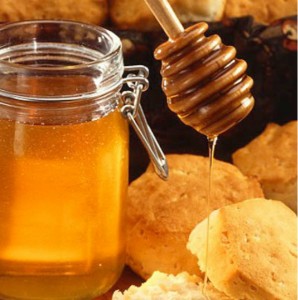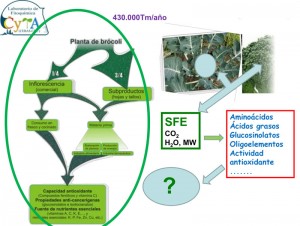
This research line began in 1979 with the characterization of wines from the Province of Valladolid (CAYCIT ) and it continues today. It was initially intended not only to characterize and differentiate the wines but also examine the optimal conditions of aging, mainly wines from Ribera del Duero Denomination of Origin. At the time, the data were transferred to the wine sector, and we have to state that many of the wineries of this Denomination of Origin currently used the proposed conditions. We have also studied the evolution of the components along the vinification with special emphasis on phytochemicals. It has been proposed a change in the formulations to be used, the dose, frequency and the correct choice of fining agents. On the other hand, we have also examined the degradation and persistence of pesticides commonly used in different geographical designations of wines from Castilla y León. Nowadays, we are performing a comparison of profiles from classic and accelerated aging in order to establish appropriate markers.
 In 1993 (MAP), it was started a strategy to meet not only the main characteristics of the Spanish monofloral honeys but , perhaps more important , to assess waste chemotherapy treatments in honey and other bee products, as well as to propose alternative treatments for various bee diseases. Thus, they have been proposed the use of both natural products as thymol, oxalic, rotenone (the microencapsulation use of thymol was patented ) , and synthetic highlighting among those compounds tiamulin, tylosin (approved in USA) and recently fumagillin, which is an effective treatment against Nosema ceranae. Parallel to this line, it has been also developed an extensive research on the characterization of beeswax and its adulteration with various compounds. This research line is still covered by the National Plan for improvement of beekeeping. We have currently focused our attention on searching for natural compounds with activity against certain bee diseases, and studying the presence of new insecticides and its possible connection with the existing bee losses.
In 1993 (MAP), it was started a strategy to meet not only the main characteristics of the Spanish monofloral honeys but , perhaps more important , to assess waste chemotherapy treatments in honey and other bee products, as well as to propose alternative treatments for various bee diseases. Thus, they have been proposed the use of both natural products as thymol, oxalic, rotenone (the microencapsulation use of thymol was patented ) , and synthetic highlighting among those compounds tiamulin, tylosin (approved in USA) and recently fumagillin, which is an effective treatment against Nosema ceranae. Parallel to this line, it has been also developed an extensive research on the characterization of beeswax and its adulteration with various compounds. This research line is still covered by the National Plan for improvement of beekeeping. We have currently focused our attention on searching for natural compounds with activity against certain bee diseases, and studying the presence of new insecticides and its possible connection with the existing bee losses.
Another research line in this field is related with the search for new nutraceutical compounds from vegetable sub-products, trying to avoid the elimination of by-products. These by-products could complement animal feed or be used as a source of nutraceuticals, which would reduce environmental impact and, at the same time, increase economic value. Currently, detailed studies on the broccoli leaves are being carried out , with the invaluable collaboration of researchers from CEBAS ( Murcia).

